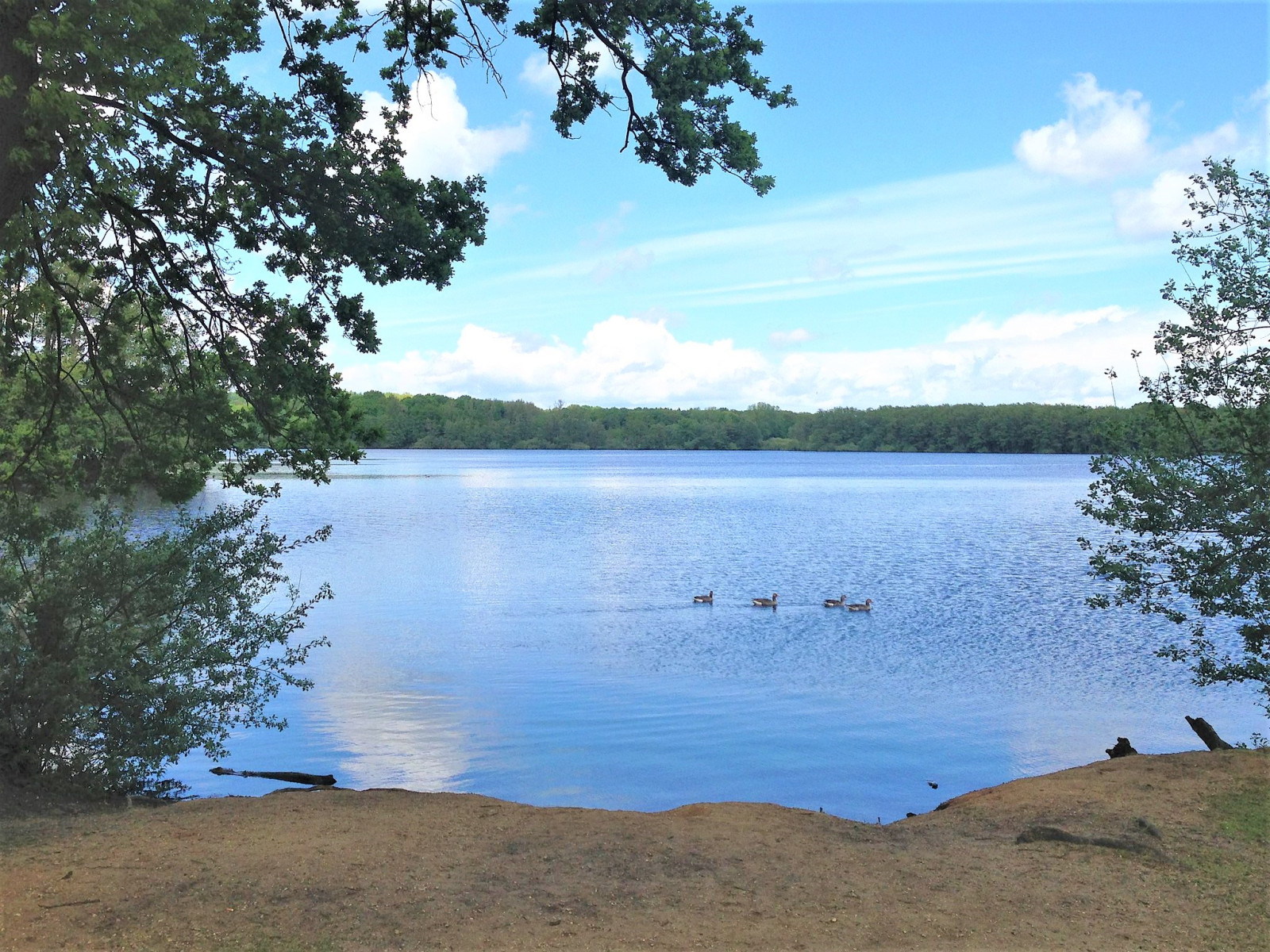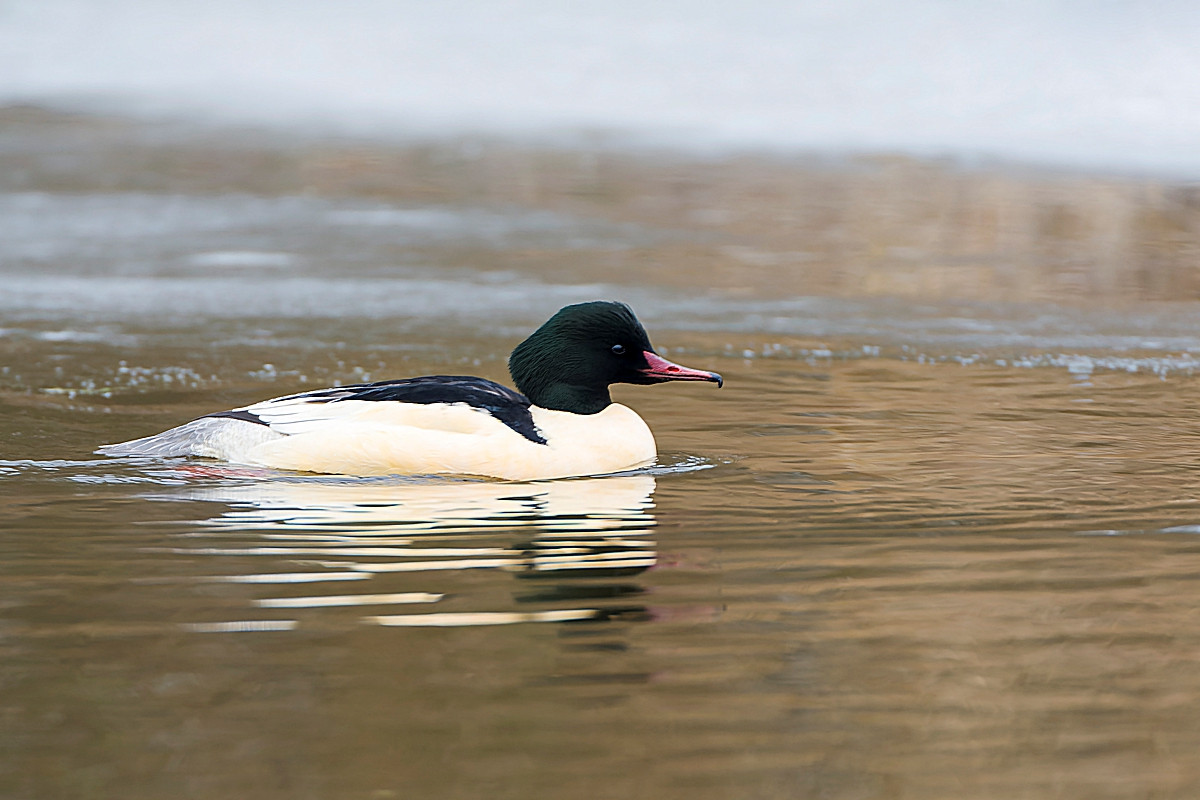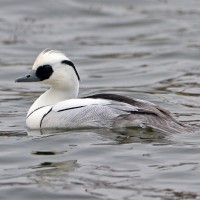Description
The Krickenbecker Seen consist of four fairly large lakes, which originated between the 16th and 19th century due to peat extraction. In 1938, the area became a protected nature reserve due to its large variety of flora and fauna. Especially in winter, the area is a very good location for waterfowl, like ducks, geese and herons. The surrounding forests are good for songbirds and woodpeckers.
The two largest lakes, called Glabbacher Bruch and Hinsbecker Bruch, contain the largest numbers of waterfowl during the winter months. Large flocks of Mallard, Common Pochard, Northern Shoveler and Gadwall can be found in flocks of 100+ individuals. Also Goosander and Smew can be observed fairly regularly. During autumn migration, the area is apparently favorable for migrating waterbirds, like Black Tern and Little Gull. In the last ten years, even observations of Kittiwake, Caspian Tern and Sabine's Gull have been made.
The two smaller lakes, called Schrolik and Poelvenn, are located on the western side of the larger lakes and are also a very good spot for waterfowl, but in smaller numbers. Species like Common Teal can be found here too. The shores are covered more with reedbeds and therefore a very good place for reedbirds, like Reed Warbler and Reed Bunting and sometimes even Grasshopper Warbler, Bearded Tit and Bluethroat.
The lakes are connected to the Nette river, which is a very good location for Common Kingfisher and Grey Wagtail.
The area is also a good spot for migrating raptors, especially above the lakes, like Red Kite, Black Kite and Osprey.
The surrounding forests are an ideal location for typical forest species, Blackcap, Common Redstart and Pied Flycatcher. Also, many woodpeckers can be found here, like Middle Spotted Woodpecker and Black Woodpecker.
Details
Access
The area is easy accessable due to a wide paved path between the lakes. The first part is accessable by wheelchair. You can park your car at the restaurant/information center.



